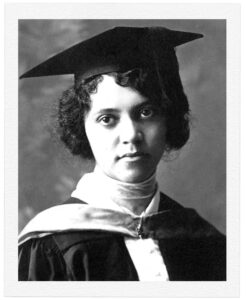After she died — and just a year after her discovery — another scientist took credit for her work. It would be more than half a century until her story resurfaced.
By Delthia Ricks

This article is part of Overlooked, a series of obituaries about remarkable people whose deaths, beginning in 1851, went unreported in The Times.
On New Year’s Day in 1922, a scientific paper in an obscure medical journal described a drug that would help revolutionize the treatment of leprosy in Hawaii and beyond. It would also give belated credit to the drug’s developer.
The report, by Harry Hollmann, extolled the therapeutic potential of chaulmoogra oil, originally a folk remedy for leprosy with ancient roots in India and China. For centuries, chaulmoogra tree oil had been known as a nasty medicine — foul-tasting and stomach-wrenching, it was so vile that some people refused to take it. But in his paper, Hollmann named the process that transformed chaulmoogra into a 20th-century leprosy medicine: the Ball Method, a simple injection that freed dozens of people in the Territory of Hawaii from draconian quarantines. The Ball Method wasn’t a cure, but it was as close to one as anybody got by 1922.
It was named for Alice Ball, a Black chemist who had developed her formula in 1915 when she was 23. She had recently earned a master’s in chemistry and was an instructor at the College of Hawaii (now the University of Hawaii) in Honolulu.

